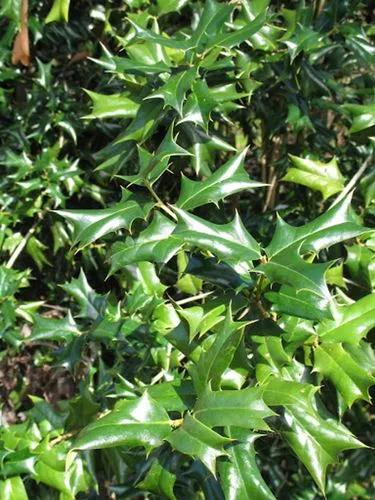Ptelea trifoliata, commonly known as common hoptree, wafer ash, is a species of flowering plant in the citrus family (Rutaceae). It is native to North America, where it is found in Canada, Mexico, and the United States. It is a deciduous shrub or tree,[9][10] with alternate, trifoliate leaves.
Wafer Ash Care
Ptelea Trifoliata



Ptelea trifoliata is a small tree, or often a shrub of a few spreading stems, growing to around 6–8 m (20–26 ft) tall with a broad crown.
The bark is reddish brown to gray brown, with short horizontal lenticels (warty corky ridges), becoming slightly scaly, The plant has an unpleasant odor and bitter taste. Branchlets are dark reddish brown, shining, covered with small excrescences. The twigs are slender to moderately stout, brown with deep U-shaped leaf scars, and with short, light brown, fuzzy buds. It has thick fleshy roots.
Its leaves are alternate and compound with three leaflets, dotted with oil glands. The leaflets are sessile, ovate or oblong, 3–5 in (7.6–12.7 cm) long by 2–3 in (5.1–7.6 cm) broad, pointed at the base, entire or serrate, and gradually pointed at the apex. They are feather-veined, with a prominent midrib and primary veins. They come out of the bud conduplicate and very downy. When fully grown the leaves are dark green and shiny above and paler green beneath. In autumn they turn a rusty yellow. The petioles are stout, 6.3–7.6 cm (2.5–3.0 in) long, with an enlarged base. Stipules are absent. The western and southwestern forms have smaller leaves, 5–11 cm (2.0–4.3 in), than the eastern forms 10–18 cm (3.9–7.1 in), an adaptation to the drier climates in the west.
How to Care for the Plant

Popularity

59 people already have this plant 4 people have added this plant to their wishlists
Discover more plants with the list below
Popular articles






